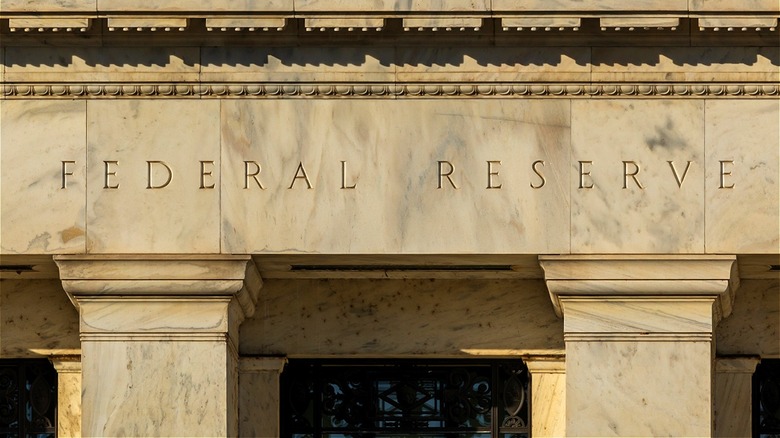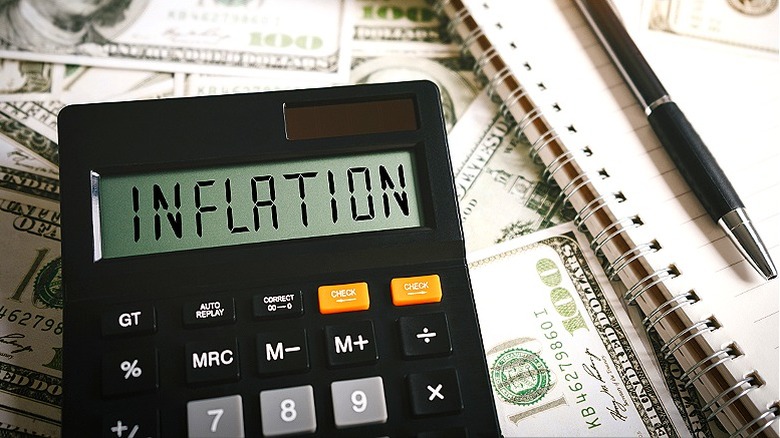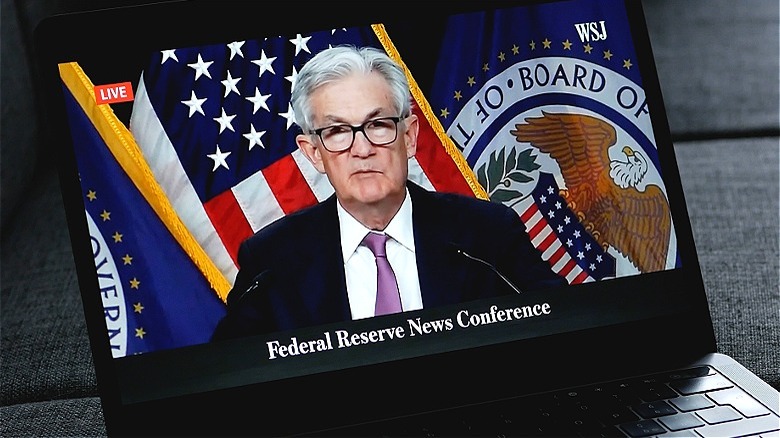What Does A Soft Landing Mean For The Economy?
By now you're probably aware of the rise in interest rates over the last few years. These increases, decided on by the Federal Reserve, have been implemented in the hopes of slowing down inflation. As most consumers know personally, record-breaking inflation affected prices for almost everything post-pandemic, with inflation peaking at 9.1% in June 2022. This rise in inflation impacted everything, from gas prices to the cost of groceries, and the price increases far outpaced any wage increases consumers might have experienced. This type of inflation, and the subsequent economic hardship it created for consumers, can and has in the past, led to a recession.
This leads us back to the Fed, and specifically, its goal to keep inflation down to just 2%. The Fed raised interest rates 11 times from 2022 to 2023, and it did this in the hopes of both curbing inflation and creating a soft landing for the United States economy. A soft landing is when a country's central bank (the Fed in the U.S.) is able to cool an economy — and thereby bring inflation down — without causing an economic decline (aka a recession) in the process. However, since raising interest rates can negatively impact consumers, especially when it comes to borrowing money for large purchases like cars and homes, the Fed must attempt to balance how badly interest rates could hurt consumers against how much interest rates are needed to slow down spending. This balancing act can be tricky, and achieving a soft economic landing can be more difficult than it seems.
How rising inflation impacts an economy
The Fed has two primary objectives in addition to its responsibility for creating monetary policy: 1) to achieve maximum employment rates and 2) to keep prices stable. Combined, these elements have generally been used to measure how healthy the nation's economy is at any given moment. They can also serve as indicators of other potential monetary issues, like inflation. Some of the factors that can cause inflation include production costs, product demand, and fiscal policy. All these elements can combine to create inflation issues like what the country experienced during and after the pandemic.
The 2022 inflation peak was due to a combination of many different market issues. Most notably, supply chain problems wreaked havoc on companies by not only causing delays but also increasing expenses. This caused companies to pass along their increased expenses to consumers by inflating prices. Another contributing factor was the tightening of the U.S. labor market. Research from the National Bureau of Economic Research found that almost a third of the total rise in inflation was due to the rise in the ratio of job vacancies to unemployment in the country. Also, notable price changes in auto-related products, as well as the spike in energy and utility prices in the U.S., all contributed to the inflation spike that consumers are still experiencing today. Research also found that almost 2% of the total inflation increase was due to the backlog of work that was created during the pandemic.
The role of interest rates in a soft landing
So, how does the Fed raising interest rates affect inflation? Ultimately, inflation is tied to consumer spending, so a key part of slowing it down is to cool spending itself. Speaking to Fortune magazine, Dan Tolomay, chief investment officer of Trust Company of the South, explained, "A higher federal funds rate means banks' borrowing costs are greater. This gets passed on to consumers in the form of higher interest rates on things like auto loans and mortgages." This means that the Fed's increase in interest rates is an attempt to force consumers to stop buying by making it too expensive to borrow money.
The difficulty comes in cutting down consumer spending without entirely halting or damaging the economy as a whole. This is why the Federal Reserve chose 11 incremental interest rate hikes rather than a large hike out of the gate. By slowly raising the rates, the Fed hoped to find the right balance of where exactly the economy (and consumers) would slow down spending without causing a more serious financial downturn and/or a recession. Achieving a soft landing via interest rate hikes is a matter of both financial policy and also predicting employment and price projections.


